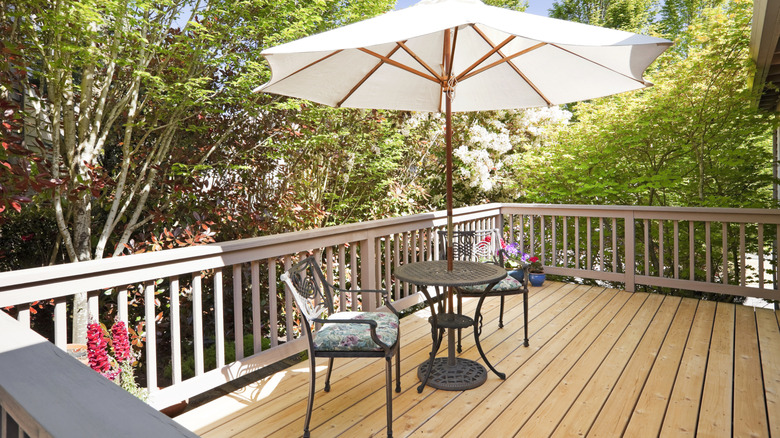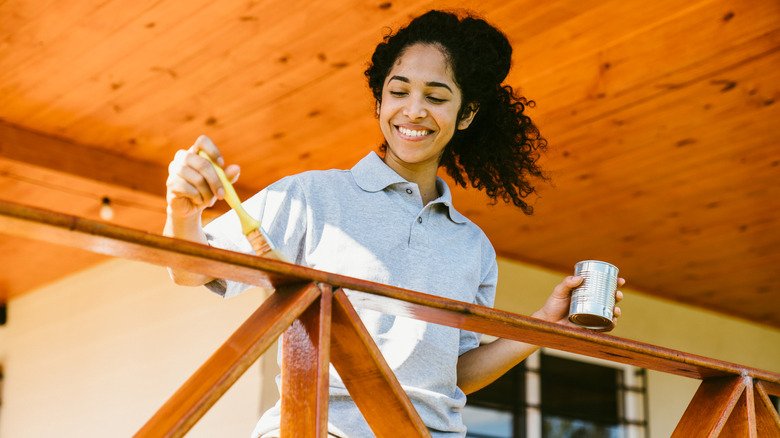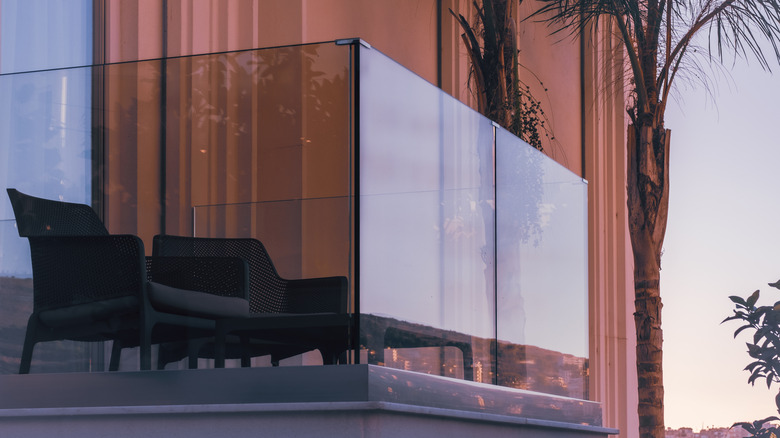The Top Materials To Consider For Durable And Stylish Exterior Railings
Who doesn't appreciate the added indulgence of outdoor space in the form of an outdoor deck, a terrace, or a balcony? These extended living spaces are great advantages to homeowners and are made even more enjoyable because of the protection offered by exterior railings.
A common sight that trims the edges of outdoor spaces of homes, office buildings, schools, restaurants, and other public spaces, exterior railings are as much an aesthetic feature as they are a safety element. Choosing the right exterior railing can elevate the look of your outdoor space and create a harmonious look between your interiors and exteriors. That said, selecting the material for your exterior railing can be daunting, with the wide array of choices offered in the market today, each with pros and cons.
Whether you're going for classic wood or wrought-iron railings, the industrial look of aluminum or steel, the budget-friendliness of versatile vinyl, or the contemporary edge of glass, it all boils down to what material can cohesively sum up your aesthetic expectations. Remember that as exterior railings, they constantly succumb to the whims of nature, so balancing their durability with style and affordability should be considered.
Wood, wood composites, and vinyl
Wood is the most common choice when it comes to exterior railings because of its versatility. Cedar, redwood, and mahogany are high up on the list for their strength, accessibility, and beauty. Exuding a natural warmth, wood can appear rustic or modern, depending on its grain or wood finishes. While certain wood species, like cedar, redwood, or old-growth cypress, are naturally resistant to rotting, infestation, and weather changes, they do involve a degree of upkeep in the form of sealing and staining, as well as the occasional clean-up. Proper maintenance can prolong your wooden railing's lifespan up to 30 years or more. Their price points, from budget to extravagant, give you quite a range to work with.
Composite wood railings are an alternative to natural wood. Composites look very much like their natural wood counterparts, with the added advantages of being low maintenance and more weather-resistant. The downside is their high cost. Also, composite wood can be considered fully sustainable only if manufactured from purely renewable materials. However, weighing its numerous advantages, we think it still comes out as an option that gives more bang for your buck.
Vinyl is a low-maintenance, inexpensive material that you can also opt for. Though water-resistant and easy to clean, vinyl does tend to fade over time.
Metal and glass exterior railings for a modern look
Known for being sturdy and resistant, aluminum can adapt to your aesthetic, as it comes in a range of styles. Minimal upkeep is needed, which, as a long-lasting and lightweight material, makes it an ideal outdoor railing choice.
Wrought iron and steel are other metal options that can be customized to adapt to both traditional and modern styles. As heavy metals, they naturally exude qualities of longevity and strength, though not without some defaults: Iron and steel tend to rust over time, requiring vigilance on your part in terms of upkeep.
Sleek and contemporary glass exterior railings are more commonly used in office or hospitality settings, though a chic glass railing can transform the look of your home entirely. They can be costly and must be professionally installed, but that's a small price to pay if what you're seeking is clean, unobstructed views from a modern deck or terrace. Subject to dirt and smudges, especially with children around, glass railings will require a fair amount of cleaning and polishing, and the glass could cloud over time as well.


